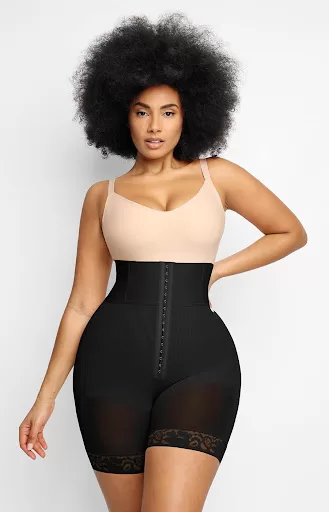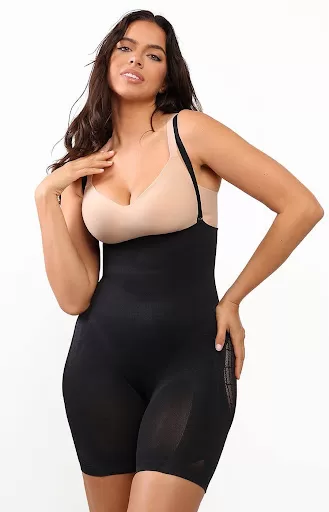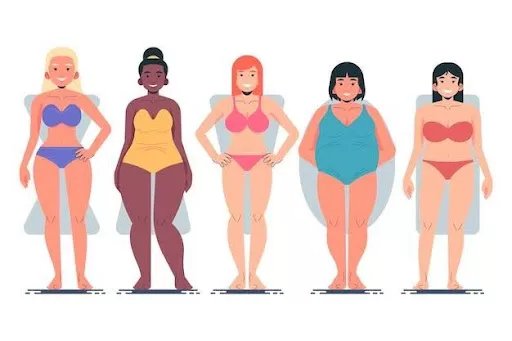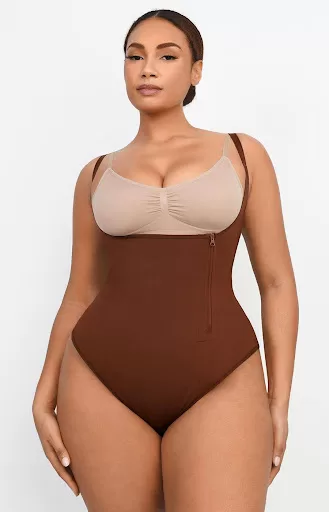The intimate relationship we have with our clothes is a constant negotiation of comfort, style, and self-expression. Shapewear sits at a unique junction of this dynamic, often being the unsung hero in our ensemble, exuding confidence while remaining concealed beneath our chosen garments. But a crucial question prevails when it comes to this underpinning of poise — should shapewear be tight or loose?
In this comprehensive exploration, we unravel the intricacies of shapewear fit, aiming to guide women through the age-old debate with clarity and empowerment.

Understanding Shapewear: Purpose and Different Types
Shapewear is the sartorial secret that can transform an outfit and, subsequently, a mood. It comes in a vast array of styles and designs, each serving a distinct purpose. Whether it’s to smoothen, shape, lift, or compress, there’s shapewear for every curve and contour. The modern market offers everything from high-waisted briefs and waist cinchers to butt lifting shapewear and thigh shapers, ensuring a tailored solution for the desired silhouette.
The purpose of shapewear extends beyond aesthetics; it grants a feeling of security and control. Many women find empowerment in knowing that their shapewear offers support in areas that make them feel most insecure. Furthermore, it can often enhance the fit of clothing, making even the simplest of outfits appear more polished.

AirSlim® Boned Sculpt High Waist Shorts
The Great Fit Debate
The dichotomy of whether shapewear bodysuit should be tight or loose sparks a comparison that requires a nuanced understanding. Tight fitting shapewear is designed to compress and sculpt, often delivering a visibly slimming effect. It can provide support for the back and aid in posture, which is especially beneficial for those seated or standing for extended periods.
However, tight shapewear is not without its drawbacks, potentially leading to discomfort or even health concerns if worn improperly or for excessive durations. On the other hand, loose fitting shapewear, while less intense in its shaping, offers a more comfortable experience, suitable for everyday wear.

PowerConceal™ Seamless Power Mesh Sculptor
Pros and Cons of Tight Shapewear
Tight shapewear provides an immediate slimming effect, which can boost confidence, particularly when sporting fitted or formal attire. It’s also known to improve posture and can serve as a temporary solution for water retention or bloating. Yet, the tightness can restrict movement, cause skin irritation, and in severe cases, affect circulation.
Pros and Cons of Loose Shapewear
Loose shapewear, also known as body slimmers, offers a more relaxed approach to body shaping. It may not provide the same level of sculpting as its tighter counterparts, but it’s significantly gentler on the body. Loose shapewear can be the perfect option for individuals seeking to avoid the constricting feeling while still accomplishing some level of smoothing and support.
However, loose shapewear does have limitations in terms of the degree of shaping it can provide. It might not be the go-to for those desiring a cinched waist or reduced visibility of panty lines under tight clothing.
Considerations for Choosing the Right Fit

The ‘right’ fit is a highly individual matter that takes into account the occasion, personal comfort level, and body shape. When selecting shapewear, it’s important to consider the garment’s elasticity and the fabric’s breathability. Women with hourglass and apple shapes might find more comfort in something looser, as tight shapewear can sometimes roll down or shift.
If the goal is to wear shapewear under a specific dress or outfit, trying on both tight and loose options with the garment to gauge comfort and effectiveness is advisable. The last thing one would want is to be fidgeting with an uncomfortable undergarment during a special event. Prioritizing how it feels over how it looks in the mirror can lead to a decision that is both flattering and sustainable.
Body Type and Comfort: Making the Best Choice
Understanding one’s body type and its unique needs is integral to the shapewear selection process. Women with a smaller waist and more significant hips or bust might find that high-waisted shapewear with a looser stomach area provides the right balance. In contrast, those with a straighter figure might benefit from a firmer hold around the midsection for definition.
Ample space around the thigh and backside areas can prevent discomfort from fabric digging in. On the flip side, excessively loose fitting shapewear might not achieve the desired shaping and, in fact, could add bulk under clothing rather than streamlining. It’s a delicate equilibrium to achieve, one that can support a comfortable, yet properly fitted, shapewear experience.

AirSlim® Side Zip Shaping Bodysuit
Occasion and Desired Effect: Shapewear as a Versatile Tool
The choice between tight and loose fitting shapewear often pivots on the specific event or purpose for which it is intended. For example, shapewear for wedding dress might be ideal when wearing a wedding gown, while loose shapewear could be the more appropriate choice for a day at the office.
Each has its merits, especially when considering the trade-off between shaping and comfort. Additionally, the level of compression required can vary greatly depending on whether the goal is everyday shaping or special occasion support. Ultimately, understanding the role shapewear plays in one’s wardrobe can help in deciding the most suitable fit.
Conclusion
Shapewear is a personal ally, offering support and enhancing the natural beauty that is uniquely ours. Choosing whether it should be tight or loose is as personal as selecting any other item of clothing. It’s about finding the balance between benefit and comfort, occasion and individual preference.
By engaging in an open and honest conversation about shapewear, we can foster a community where choice is paramount and body positivity reigns. Whether tight like a second skin or loose for breathing room, the important thing is that the wearer feels good about their decision. Shapewear is just one chapter in the story of our relationship with clothing, and we have the power to write it with confidence and comfort.


